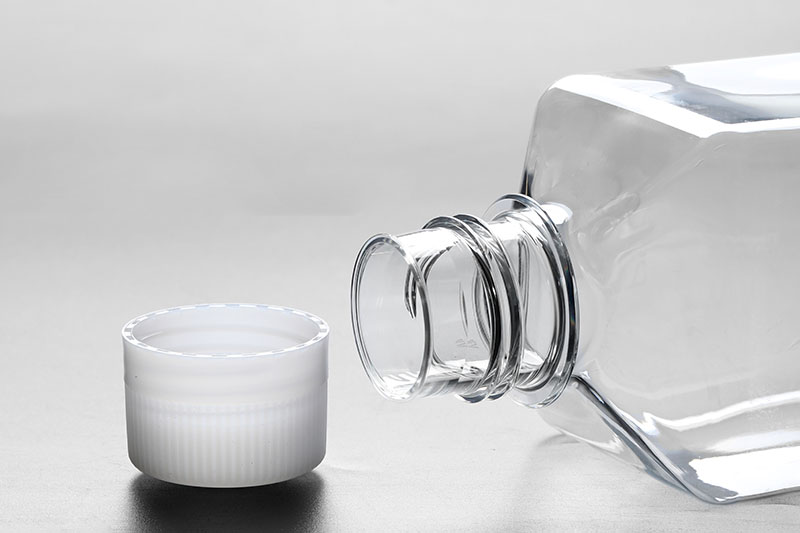Cell culture plays an important role in the pharmaceutical industry, vaccine development and other biological manufacturing fields. Cell growth requires nutrients such as culture medium, and the basic requirement for these nutrients is that there are no factors such as cytotoxicity that affect cell growth. How to detect the cytotoxicity of square media bottles as culture medium packaging?
Cytotoxicity refers to the adverse reaction caused by the action of chemical substances (drugs) on the basic structure and / or physiological processes of cells, such as cell membrane or cytoskeleton structure, cell metabolism, synthesis, degradation or release of cell components or products, ion regulation and cell division, resulting in the disorder of cell survival, proliferation and / or function.
The cytotoxicity test of square culture media bottle is mainly based on the change of cell membrane permeability. The following methods are commonly used:
1. MTT and XTT methods: specific tetrazolium salts can be transformed by using the activity of enzymes in mitochondria, and then detected by enzyme labeling instrument.
2. LDH method: detect the cytotoxicity by detecting the enzyme activity of LDH in the supernatant of cell culture.
3. Other enzyme methods: such as detecting the activity of alkaline phosphatase and acid phosphatase in supernatant.
The above are several detection methods for cytotoxicity. In addition to meeting the requirements of no cytotoxicity, the square media bottle also needs to meet the requirements of no DNA enzyme and no RNA enzyme to ensure a good cell growth environment.
The FAI climbed 5.9 percent year-on-year in the first 11 months of 2018, quickening from the 5.7-percent growth in Jan-Oct, the National Bureau of Statistics (NBS) said Friday in an online statement.
The key indicator of investment, dubbed a major growth driver, hit the bottom in August and has since started to rebound steadily.
In the face of emerging economic challenges home and abroad, China has stepped up efforts to stabilize investment, in particular rolling out measures to motivate private investors and channel funds into infrastructure.
Friday's data showed private investment, accounting for more than 60 percent of the total FAI, expanded by a brisk 8.7 percent.
NBS spokesperson Mao Shengyong said funds into weak economic links registered rapid increases as investment in environmental protection and agriculture jumped 42 percent and 12.5 percent respectively, much faster than the average.
In breakdown, investment in high-tech and equipment manufacturing remained vigorous with 16.1-percent and 11.6-percent increases respectively in the first 11 months. Infrastructure investment gained 3.7 percent, staying flat. Investment in property development rose 9.7 percent, also unchanged.
 English
English



















































